Opel Pushes Ahead With AI-Powered Light Communication in Autonomous Cars
Smarter Headlights Show the Future of Vehicle-To-Pedestrian Trust
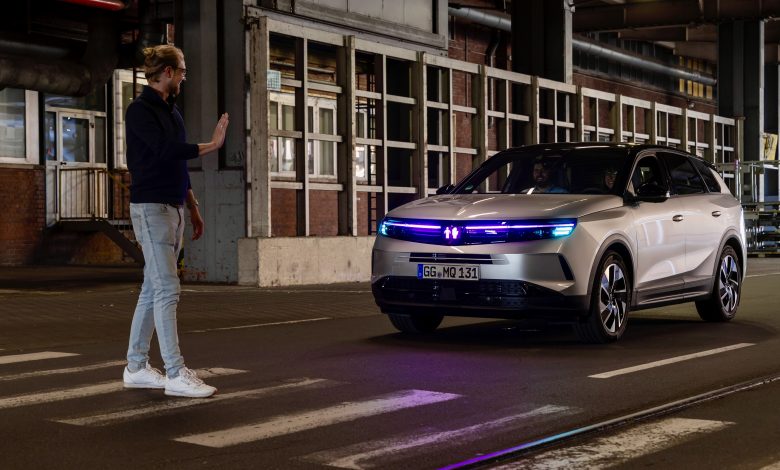
For more than a century, headlights have done one thing—light the road. Opel, backed by Stellantis and researchers at the Technical University of Darmstadt, is proving that in the age of self-driving cars, headlights can do much more. At this year’s International Symposium on Automotive Lighting (ISAL), the German automaker rolled out a specially equipped Grandland SUV that uses artificial intelligence and advanced lighting systems to communicate directly with pedestrians and other road users.
This new system shows how autonomous vehicles might earn trust in the real world, where human drivers aren’t always behind the wheel.
Beyond Seeing and Being Seen –
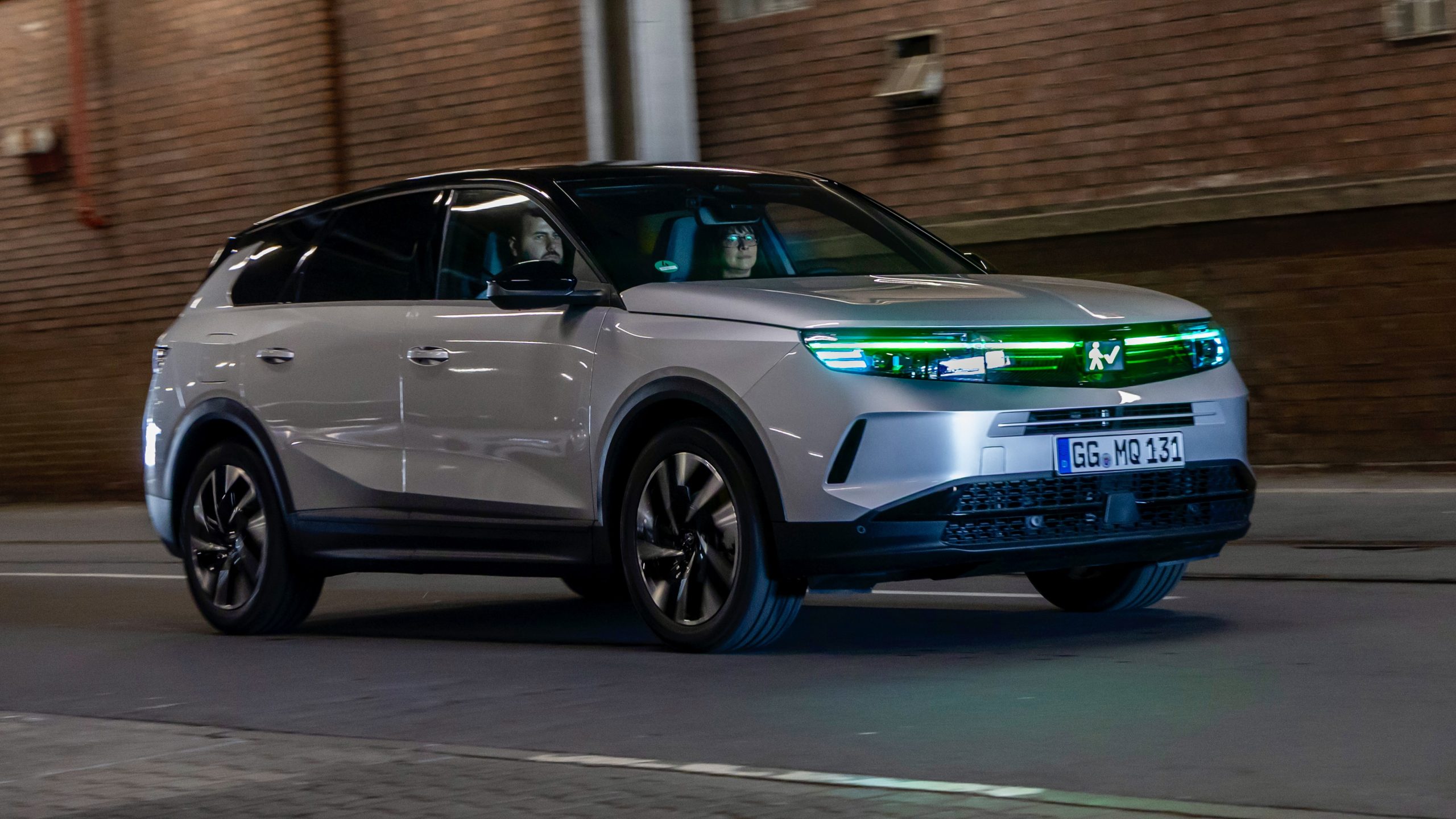
Opel already has a long history of pushing lighting technology. U.S. buyers may not see every Opel model, but many Stellantis brands have benefited from Opel’s innovation pipeline. The automaker has developed adaptive matrix beams, pixel-based headlights, and now Intelli-Lux HD lighting, which just debuted on the Grandland.
“Headlights clearly play an important part in increasing road safety – but modern lighting systems are capable of so much more,” said Philipp Röckl, Global Lead Lighting at Stellantis. “Lighting signatures can easily be animated and used for communication. By using existing elements, we can add features that build trust in autonomous driving.”
That philosophy is at the core of the Grandland demonstrator car—a hands-off, eyes-off (SAE Level 3) prototype designed to show how cars can use light, not just motion, to signal intent.
How It Works –
The Opel Grandland demonstrator is equipped with cameras, gesture-recognition systems, and an AI program that can predict human intentions. For example, if the car detects a child running toward the street or a pedestrian stepping out from between two parked cars, it triggers a series of lighting responses:
-
Cyan Indicators – When operating autonomously, the front and rear turn signals stay illuminated in cyan, signaling to other drivers and pedestrians that the vehicle is in self-driving mode.
-
Magenta Alerts – If the AI detects a pedestrian in danger, the signature lights change to magenta, and a front-mounted display flashes the same color as a warning. At the same time, the SUV begins to slow down.
-
Green Crossing Signal – Once the vehicle has come to a complete stop, the headlights switch to green, and the display shows a familiar walking figure, reassuring the pedestrian that it’s safe to cross.
Julisa Le, Lead Innovation Engineer, explained why Opel didn’t simply use red for warnings. “We specifically chose colors that are not already associated with other vehicle functions to avoid misunderstandings,” she said. “Cyan and magenta have been thoroughly evaluated for perception purposes and are currently not present in any traffic situations. Both ensure clear, unambiguous communication with other road users.”
Building Trust in Autonomy –
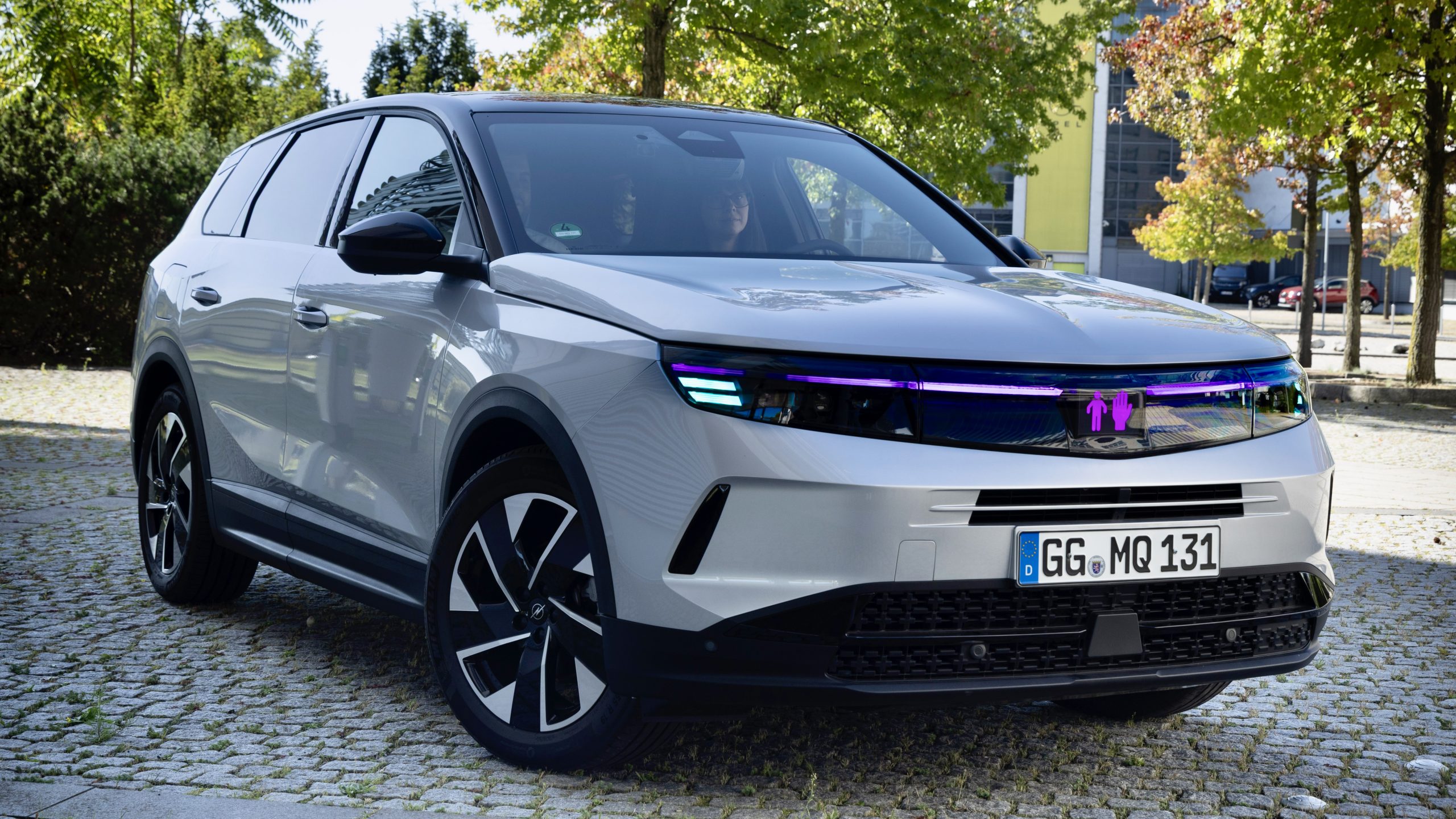
For many drivers and pedestrians, the biggest hurdle to autonomous cars isn’t technology—it’s trust. When a human is behind the wheel, body language and eye contact often bridge the gap between the driver and the road. With AI in charge, Opel believes light can take over that role.
The system shows a pedestrian not just that the vehicle has detected them, but that it’s reacting. A magenta warning followed by a green walking figure mimics the traffic lights everyone already understands. By speaking a universal visual language, Opel aims to alleviate concerns about whether autonomous cars are paying attention.
The technology also provides a safeguard: if the AI cannot confidently manage a situation, the driver is immediately prompted to retake control, ensuring safety aligns with today’s advanced driver-assistance standards.
Opel’s Role in Stellantis’ Future –
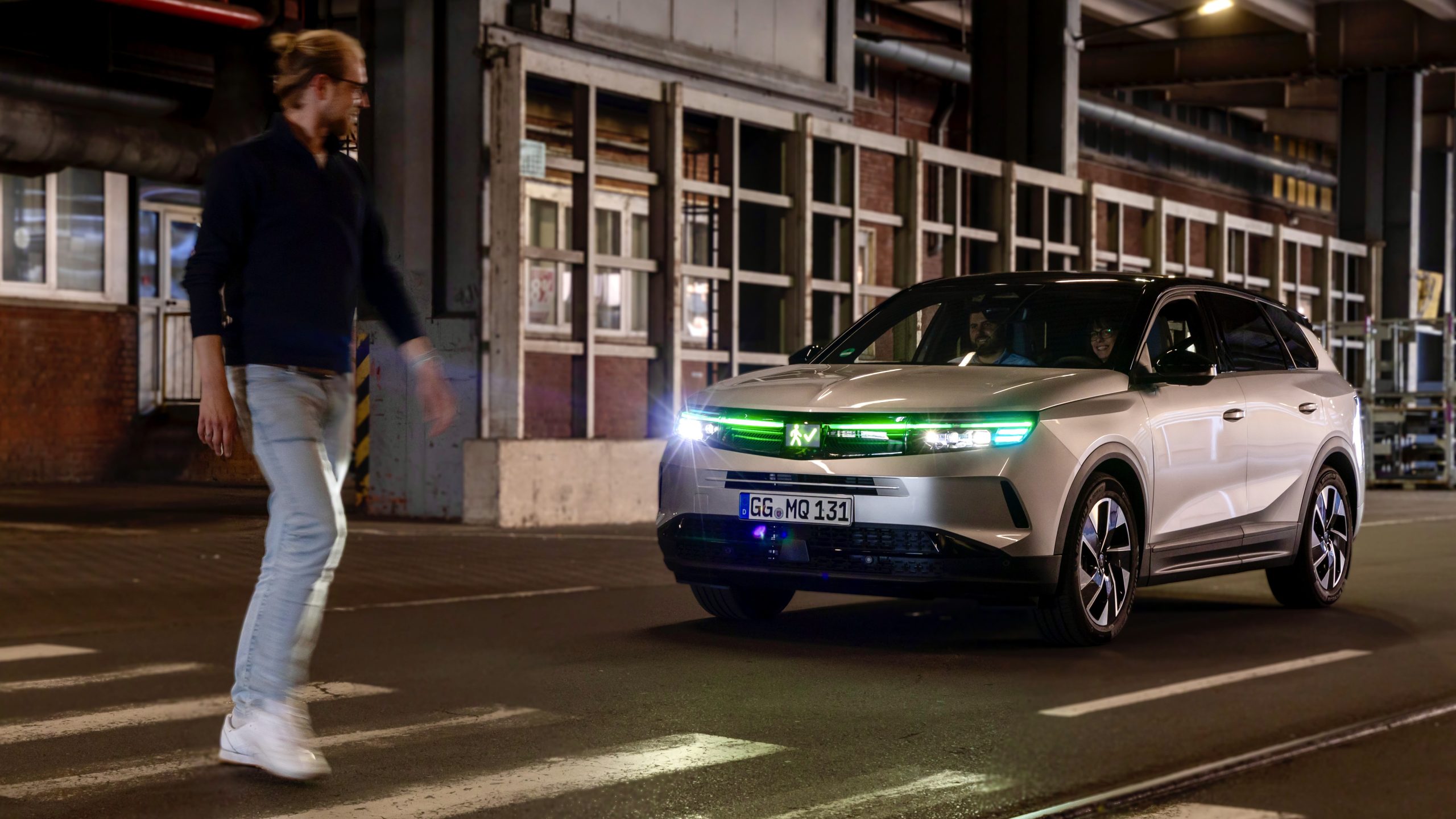
While Opel vehicles aren’t currently sold in the U.S., the brand’s innovations filter into Stellantis’ global lineup. The automaker’s Intelli-Lux systems already shape lighting technologies across the company, from Peugeot and Citroën in Europe to Chrysler, Dodge, Jeep®, and Ram in North America.
The AI-powered light communication project is part of Stellantis’ OpenLabs network, which connects engineers with universities worldwide. Since 2022, Opel and TU Darmstadt have been collaborating on new lighting technologies, with Stellantis also funding multiple PhD research positions at the university.
This isn’t just academic—it’s a blueprint for what drivers could see on production vehicles in the near future. As self-driving functions slowly expand into mainstream models, technologies like AI-powered light signals may be critical in convincing people to share the road with autonomous vehicles.
The Road Ahead –
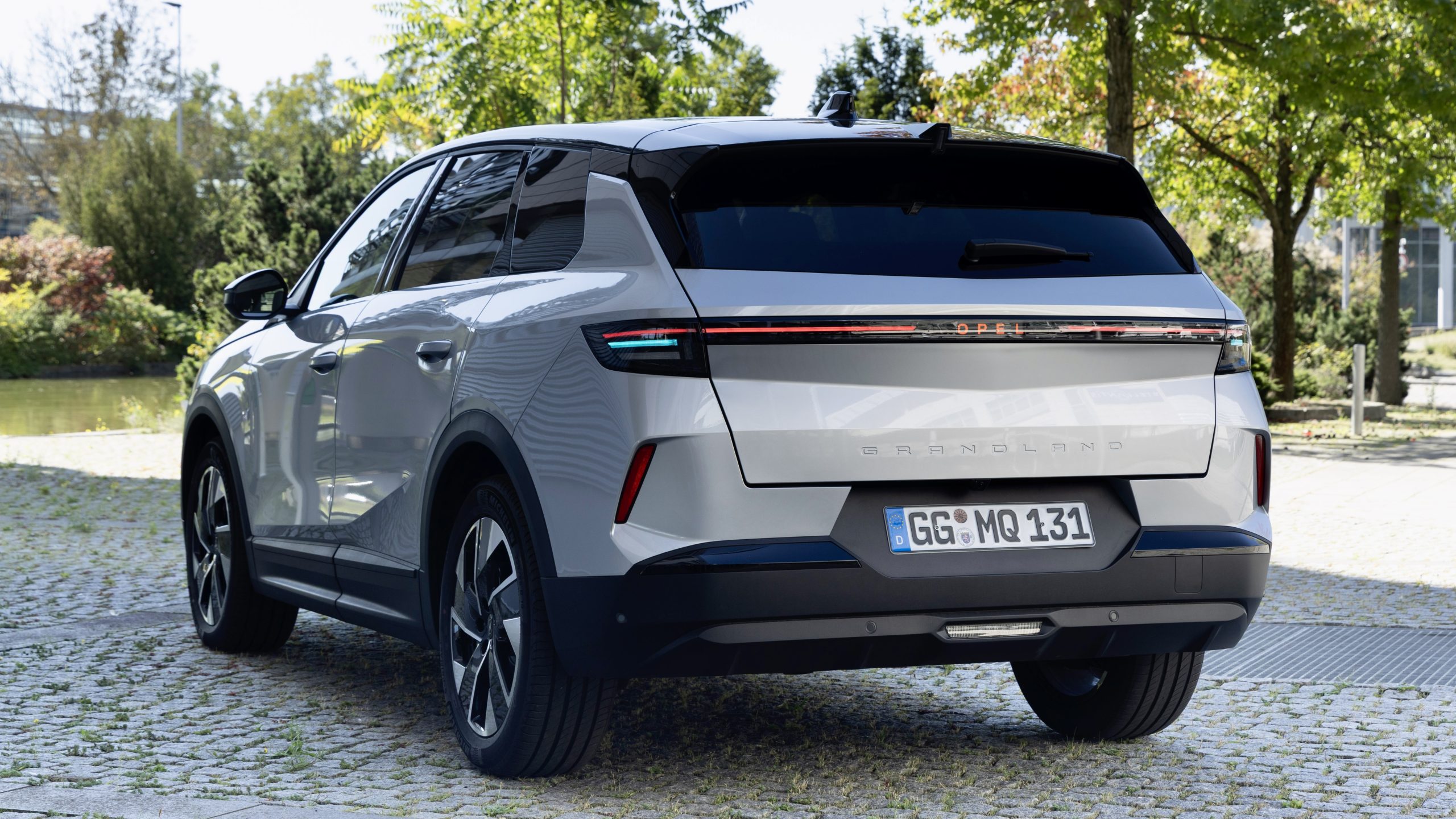
The Opel Grandland demonstrator is just that—a concept car designed to showcase potential. But the lessons learned are practical. Utilizing existing lighting hardware to incorporate communication features reduces costs and enables the system to scale across various vehicle classes.
For Stellantis, the project also reinforces its position as more than just a carmaker—it’s a mobility company investing in intelligent safety solutions. And for Opel, it builds on a heritage of lighting breakthroughs that once gave us adaptive high beams and matrix LED headlights.
What’s next? As Röckl noted, the groundwork is already in place. “By using existing lighting elements, it makes it easy to add communication features once we introduce autonomous driving features in our cars.”
Opel’s message is clear: in the future, headlights won’t just light the way—they’ll speak it.
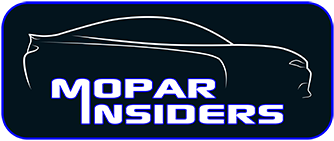
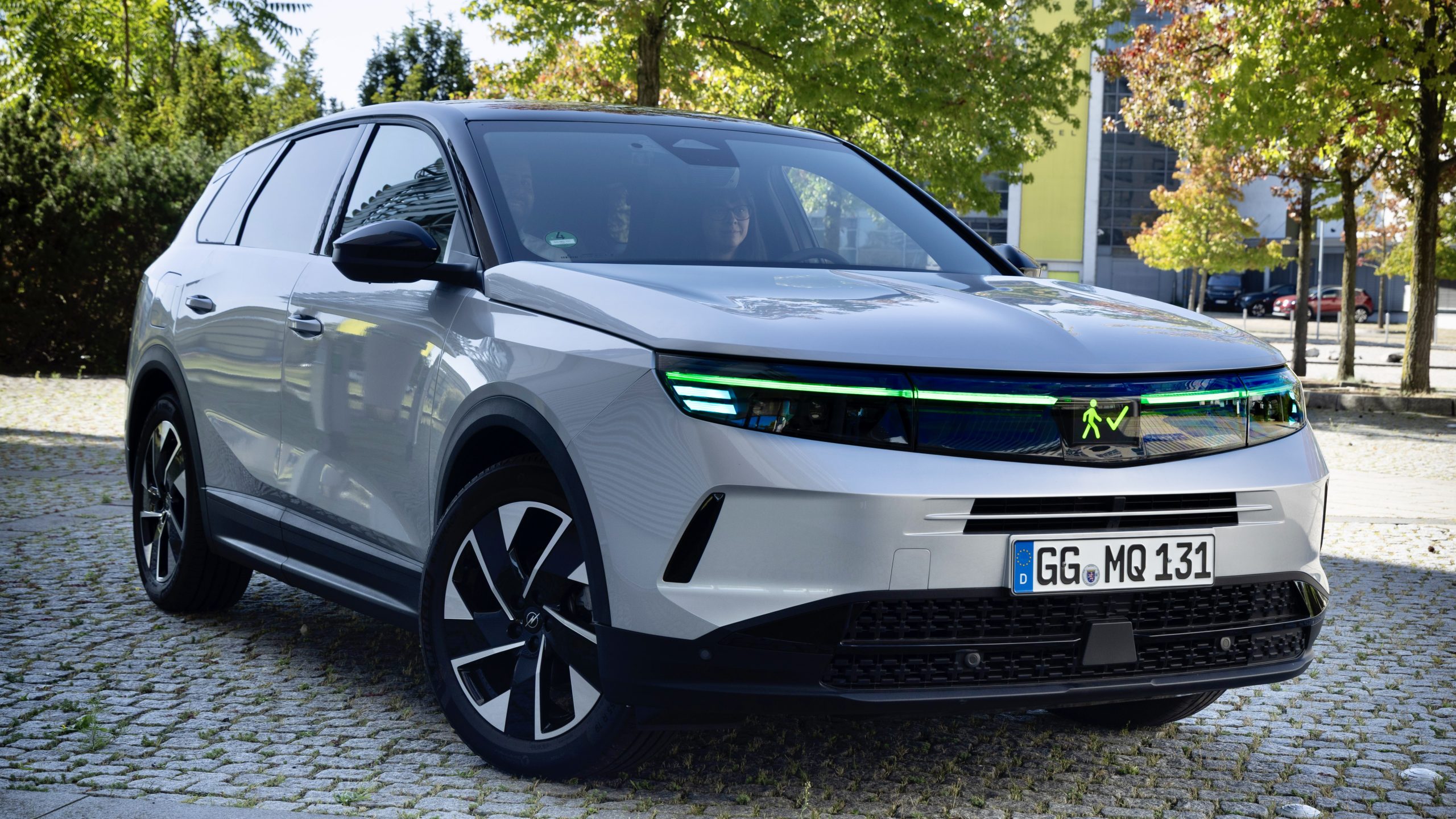
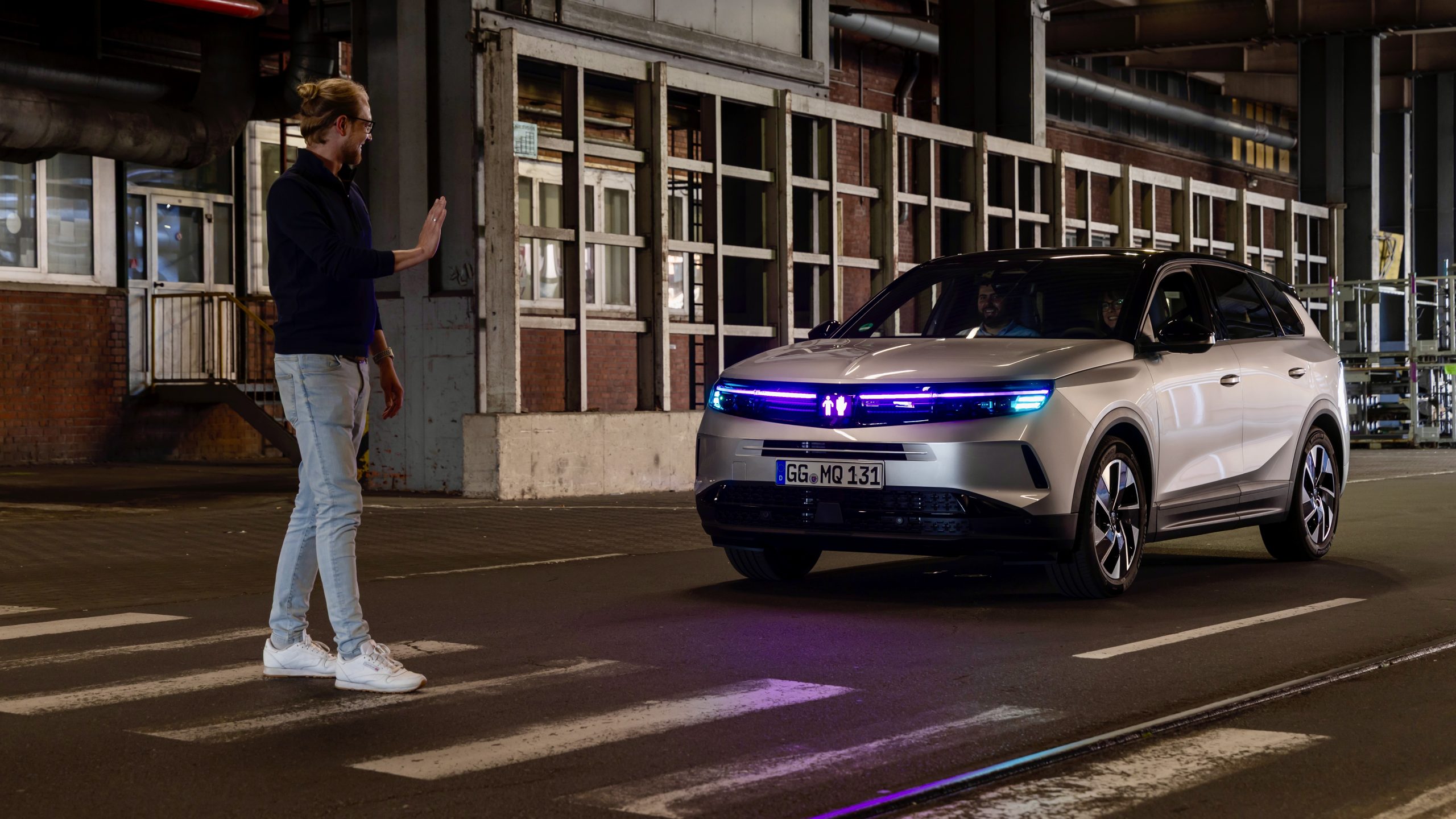
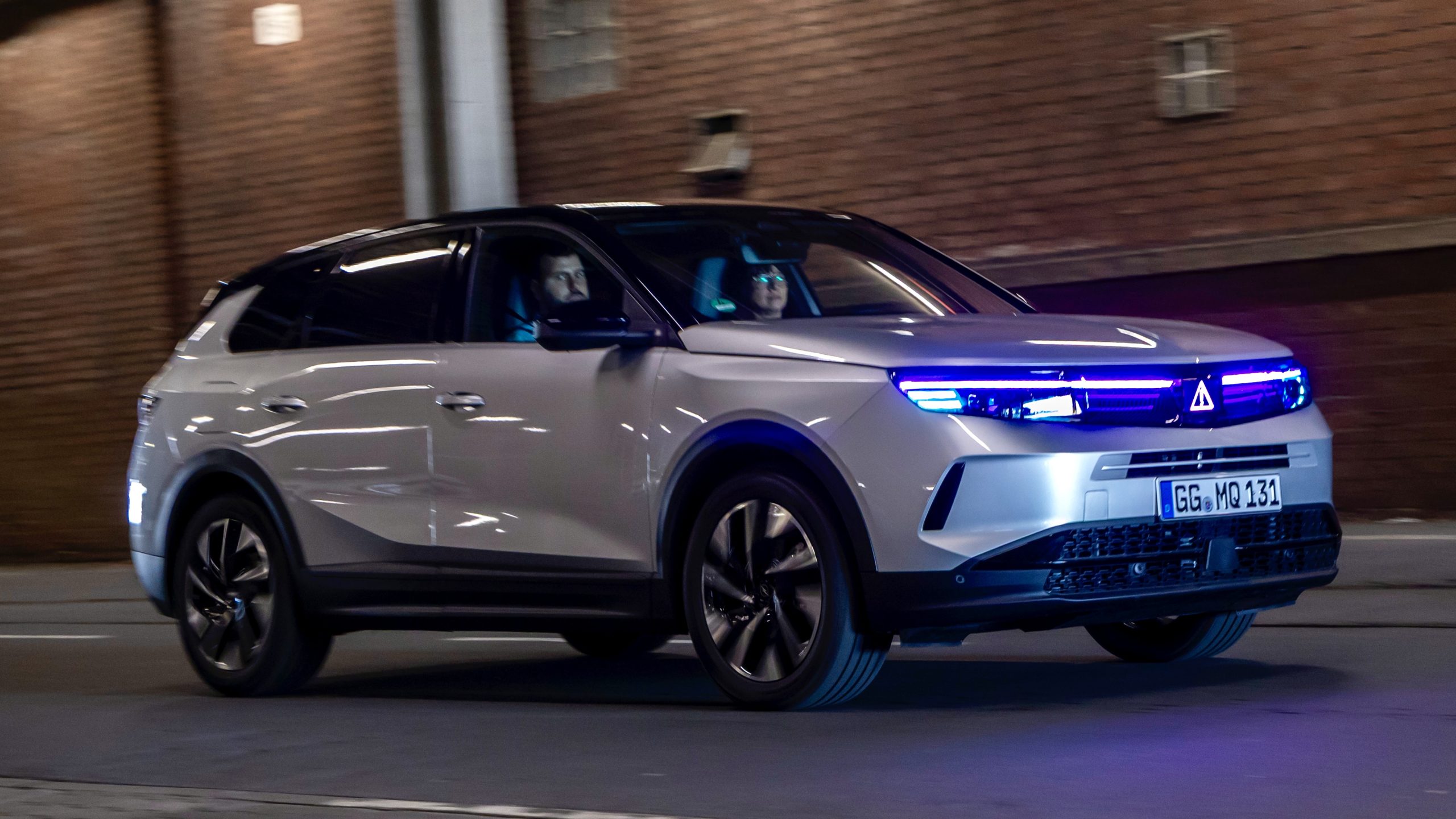
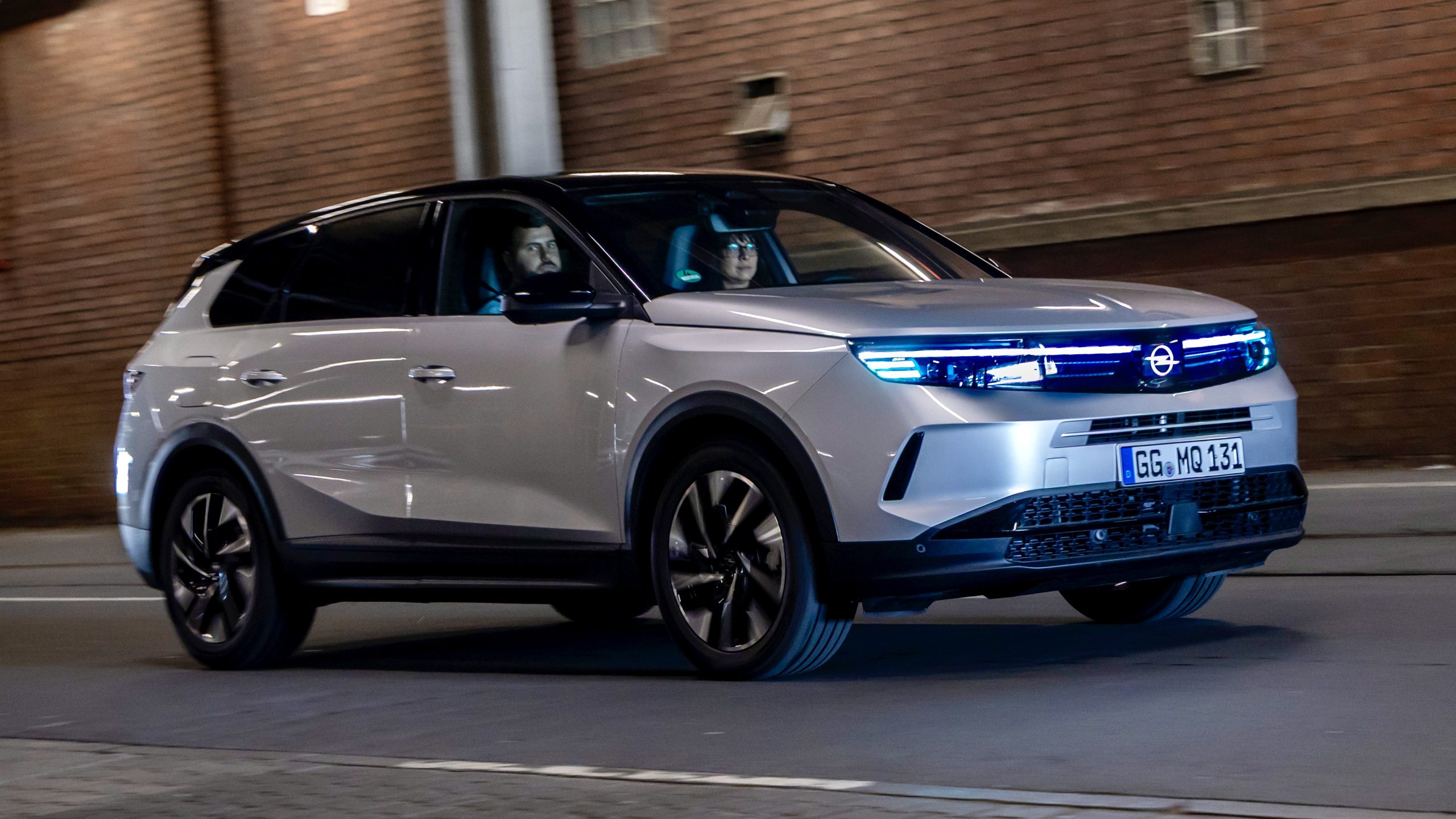
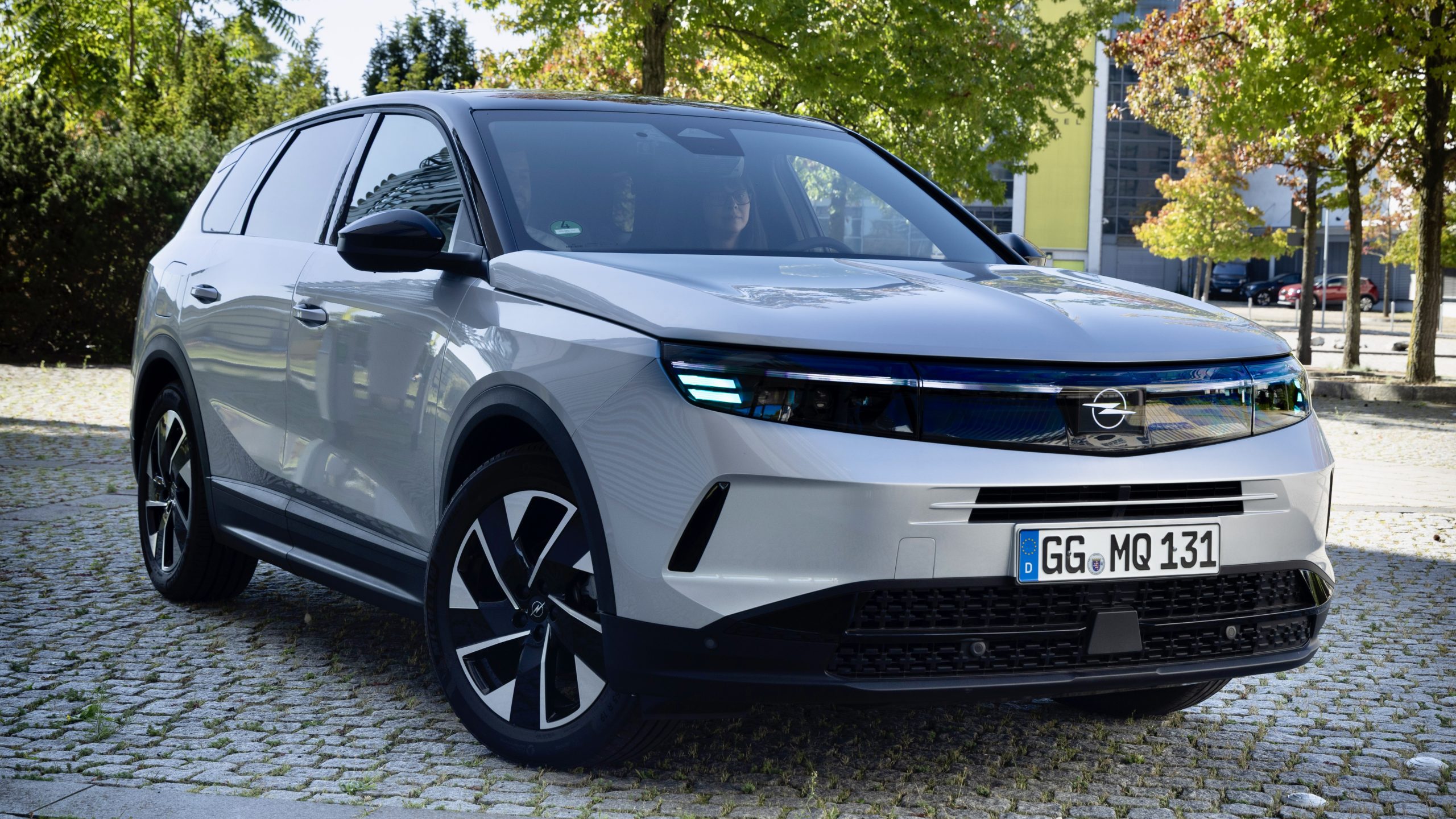
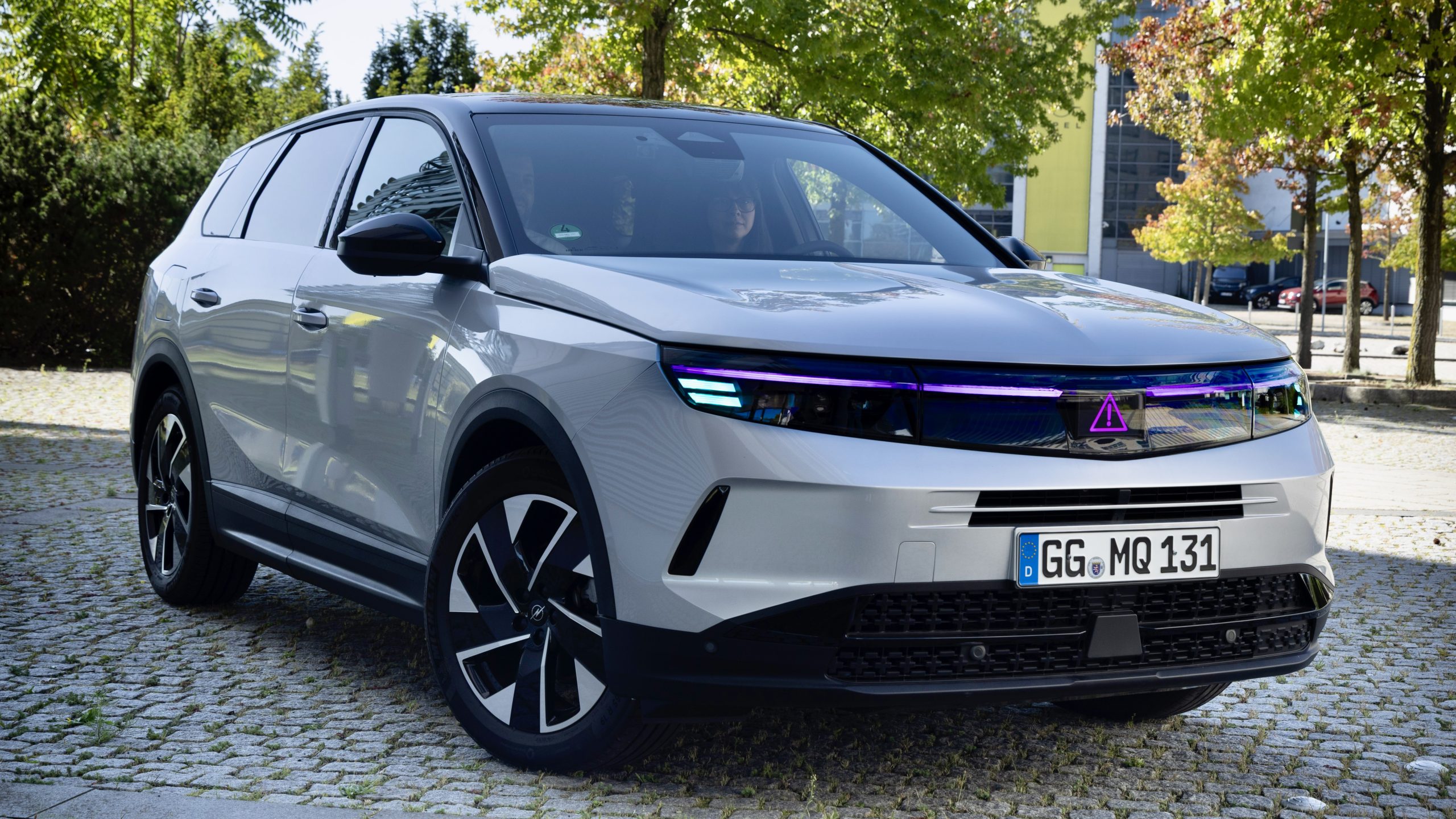
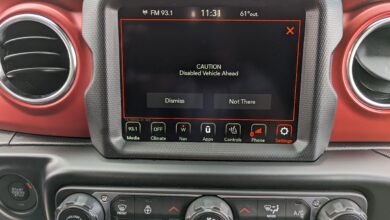
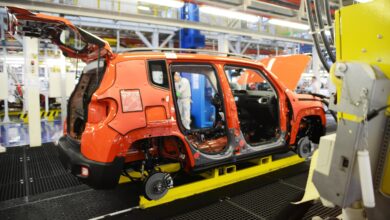
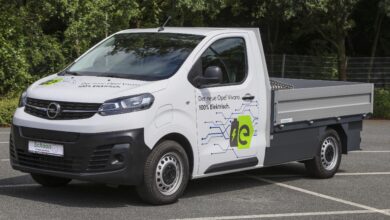


No replies yet
Loading new replies...
Join the full discussion at the Mopar Insiders Forum →